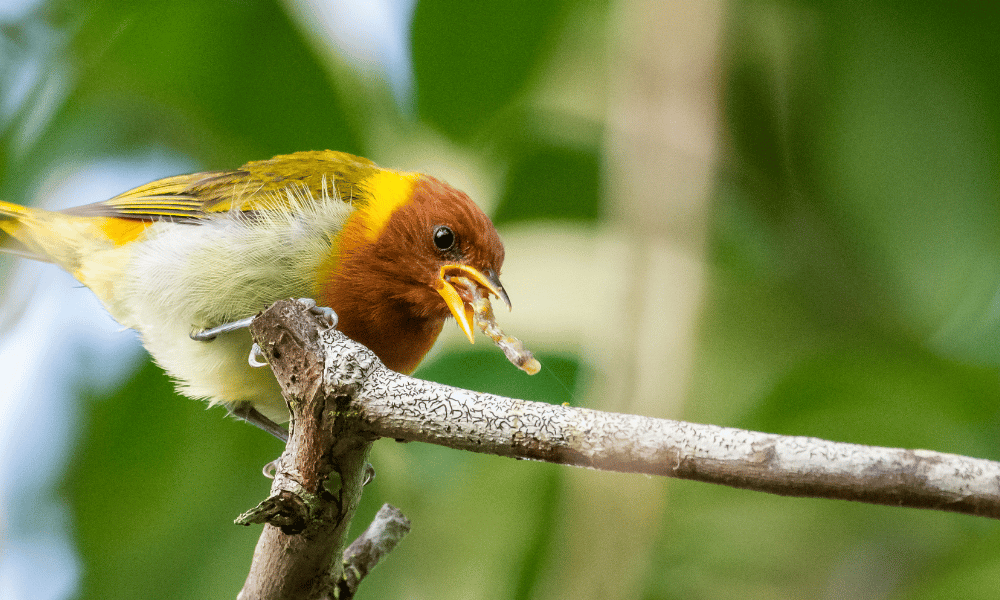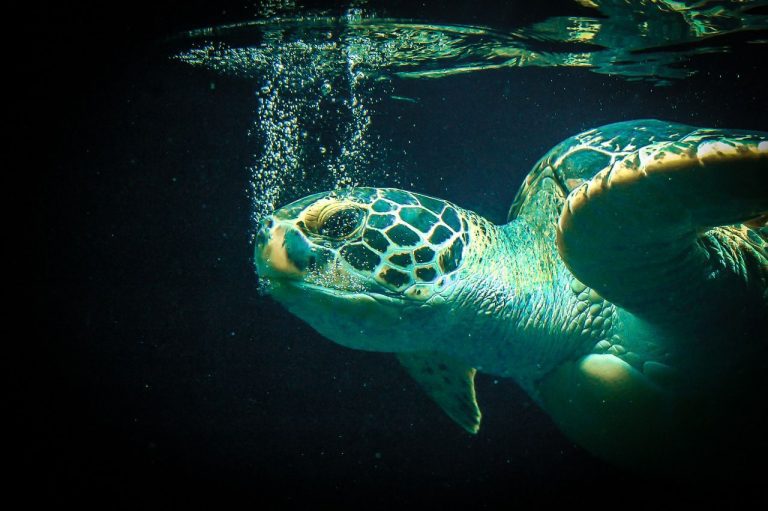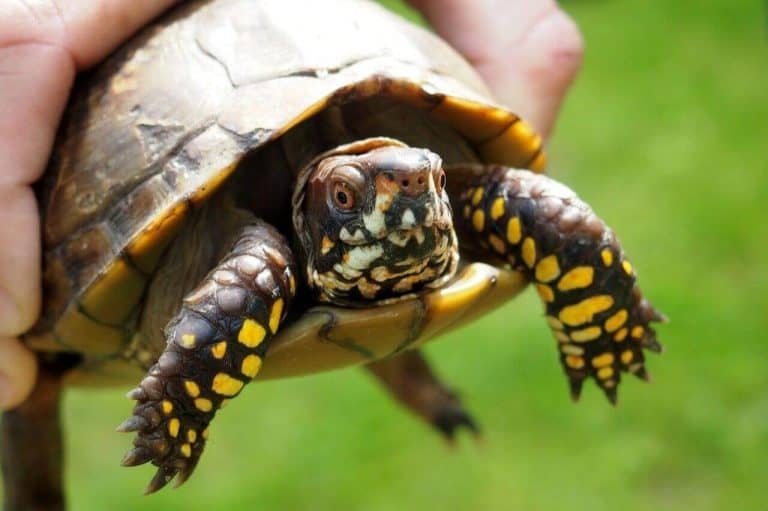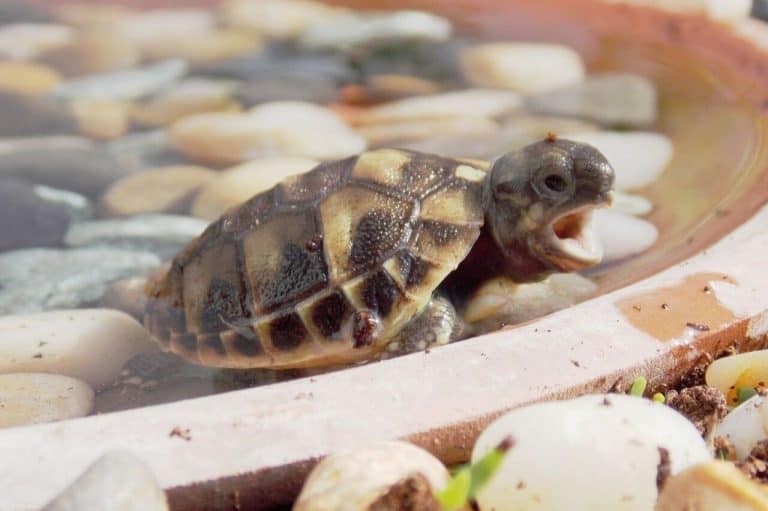What Animal Eats A Caterpillar
Are you curious to know what animal eats a caterpillar? Well, you’ve come to the right place! Have you ever seen a caterpillar minding its own business, only to disappear mysteriously? It turns out that there are several animals out there who find caterpillars quite tasty! Let’s dive into the fascinating world of caterpillar predators!
When it comes to caterpillar cuisine, there are a variety of creatures that indulge in this leafy treat. Birds, for example, are known to feast on these crawling critters. They use their sharp beaks to snatch caterpillars right off the vegetation. It’s like a quick and crunchy snack for our feathered friends!
Not only do birds enjoy caterpillars, but some insects do too! Ladybugs, lacewings, and wasps are just a few of the many insects that see these squiggly creatures as a delightful meal. With their keen eyesight and agility, they swoop in and gobble up caterpillars, helping to keep their populations in check.
So, the next time you spot a caterpillar on a leaf, remember that there are animals out there who consider them a tasty treat. It’s all a part of nature’s delicate and intriguing food chain. Stay tuned to learn more fascinating facts about the animal kingdom and their dining preferences!
 Source: wildlifeinformer.com
Source: wildlifeinformer.comWhat Animal Eats a Caterpillar: The Fascinating World of Caterpillar Predators
Caterpillars are fascinating creatures that undergo a remarkable transformation, but their journey from egg to butterfly is not without risks. One of the biggest threats to caterpillars is predation by other animals. A wide range of creatures view caterpillars as a tasty snack, and the list of their predators is quite extensive. In this article, we will delve into the world of caterpillar predators, exploring the different animals that feast on these defenseless larvae.
Predator Profile: Birds
Birds are perhaps the most well-known predators of caterpillars. They are equipped with sharp beaks that allow them to pluck the caterpillars from leaves or branches. Some bird species that are known to feed on caterpillars include the American Robin, Blue Jay, and Chickadee. These birds often have a keen eye for spotting caterpillars, and they play a crucial role in regulating the population of these insects. However, not all caterpillars are easy prey for birds. Certain species have developed defense mechanisms such as toxic chemicals or spiky hairs to deter predation.
On the other hand, some bird species have developed a taste for toxic caterpillars and are immune to their toxins. For example, the Black-headed Grosbeak has been found to actively seek out and consume monarch caterpillars, which are known to contain toxic cardiac glycosides. This adaptation allows these birds to exploit a food source that other animals avoid.
The Never-Ending Battle: Caterpillars vs. Birds
The relationship between caterpillars and birds is a constant battle between survival and predation. Caterpillars have evolved various strategies to avoid being eaten by birds. Some caterpillar species have developed coloration that resembles bird droppings, making them less noticeable. Others have evolved to mimic the appearance of twigs or leaves, camouflaging themselves from potential predators.
Additionally, caterpillars often feed on specific plants that contain toxic compounds. By consuming these toxic plants, caterpillars become unpalatable to birds. This phenomenon, known as sequestering, allows caterpillars to store the toxins in their bodies, making them less appealing as prey.
However, birds are not easily outsmarted. They have developed keen senses and the ability to learn and recognize different prey items. Over time, birds have learned to associate certain colors or patterns with toxic or unpalatable caterpillars, making it harder for caterpillars to escape predation.
Predator Profile: Insects
While birds may be the most visible predators of caterpillars, they are not the only threat. Insects also play a significant role in controlling caterpillar populations. Some insect predators of caterpillars include ants, wasps, and beetles. These insects may prey on caterpillars directly or target their eggs or pupae.
Ants, for example, are known to raid caterpillar nests and feed on the larvae. They often work in a coordinated manner, overpowering and carrying away the helpless caterpillars. Wasps, on the other hand, lay their eggs inside the caterpillar’s body. The wasp larvae then consume the caterpillar from within, eventually emerging as adult wasps.
It’s important to note that not all insects prey on caterpillars. Some, like bees and butterflies, have a mutualistic relationship with caterpillars, as they rely on the nectar produced by flowers pollinated by adult butterflies. This relationship highlights the complexity of the natural world and the intricate web of interactions between different species.
The Balancing Act: Predation and Ecosystem Function
While it may seem harsh for caterpillars to be constantly on the menu for various predators, predation plays an essential role in maintaining balance within ecosystems. Without the presence of caterpillar predators, the caterpillar population could skyrocket, leading to negative impacts on plant populations. In turn, this could have cascading effects on other organisms that rely on those plants for food or habitat.
Predation not only regulates caterpillar populations but also influences their behavior and evolution. The pressure exerted by predators drives caterpillars to develop defense mechanisms, such as toxic chemicals or protective coloring. These adaptations enhance the survival chances of individual caterpillars and, over time, shape the evolutionary trajectory of caterpillar species.
Importance of Caterpillar Predators in Ecosystems
The presence of caterpillar predators in ecosystems is crucial for maintaining biodiversity and the overall functioning of natural systems. Predators help to control the population sizes of caterpillars, preventing outbreaks that could lead to widespread defoliation and damage to plant communities. Additionally, the interactions between caterpillars and their predators contribute to the transfer of energy and nutrients throughout the food web.
Conservation and Future Considerations
Understanding the role of caterpillar predators in ecosystems is essential for conservation efforts. By recognizing the importance of caterpillar predation, conservationists can work towards preserving habitats and protecting the diversity of predator species. Conservation initiatives can focus on creating biodiversity-friendly landscapes that provide suitable habitats for both caterpillars and their predators.
In conclusion, the world of caterpillar predators is vast and diverse. Birds, insects, and even other animals contribute to the regulation of caterpillar populations in various ways. The ongoing battle between caterpillars and their predators has shaped the evolution of both, leading to a delicate balance in ecosystems. Understanding and appreciating the role of caterpillar predators is crucial for maintaining the health and functioning of our natural world.
Key Takeaways: What Animal Eats a Caterpillar
- Caterpillars are a tasty meal for many animals in the wild.
- Birds are one of the main predators that eat caterpillars.
- Ladybugs also enjoy feasting on caterpillars.
- Some reptiles, such as lizards and turtles, eat caterpillars too.
- Spiders are known to catch and devour caterpillars in their webs.
Frequently Asked Questions
Welcome to our Frequently Asked Questions section on the topic of animals that eat caterpillars. Here, we will explore the fascinating world of caterpillar predators and the various animals that indulge in this particular meal. Let’s dive in!
1. What are some common animals that eat caterpillars?
Caterpillars are a tasty treat for many animals in nature. Some common caterpillar predators include birds such as robins, sparrows, and chickadees. Additionally, insects like ladybugs and wasps are known to have a voracious appetite for caterpillars. Even spiders, frogs, and small mammals like mice and shrews may enjoy a caterpillar feast.
It’s important to note that the specific animals that eat caterpillars can vary depending on the geographic region and the type of caterpillar. For instance, certain bird species might favor specific caterpillar species, while some insects specialize in preying on caterpillars of a particular plant.
2. What adaptations do animals have to hunt caterpillars?
Many animals have developed unique adaptations to hunt caterpillars effectively. Birds, for example, possess sharp beaks that allow them to pluck caterpillars off leaves or branches. Some birds also have strong feet and talons to catch caterpillars while in flight. Insects that prey on caterpillars often have specialized mouthparts for piercing and sucking, enabling them to access the caterpillar’s soft body parts.
Furthermore, certain animals, like spiders and mantises, have developed camouflage techniques to blend in with their surroundings. This enables them to ambush unsuspecting caterpillars that come too close. Additionally, some animals, such as wasps, have evolved to lay their eggs inside caterpillars. The eggs hatch, and the larvae then feed on the caterpillar from within, ultimately causing its demise.
3. Do caterpillars have any defenses against their predators?
Caterpillars have developed fascinating ways to defend themselves against their potential predators. Some caterpillars have evolved brightly colored patterns or warning signals to indicate their toxicity or bad taste. These patterns serve as a warning to potential predators that they should avoid eating them. Other caterpillars have spiky or hairy body coverings as a physical defense mechanism.
Moreover, caterpillars may engage in behaviors that help them avoid predation. Some caterpillars have the ability to thrash their bodies back and forth or emit loud sounds to startle or deter predators. Additionally, certain species of caterpillars can release noxious chemicals or toxins when threatened, which can cause discomfort or harm to the predator.
4. How can I attract caterpillar predators to my garden?
If you want to invite caterpillar predators to your garden for natural pest control, there are several steps you can take. Firstly, consider planting a variety of native plants that caterpillars feed on. These plants will attract caterpillars, which in turn will draw caterpillar predators.
Creating a diverse habitat with a mix of vegetation, including shrubs, trees, and flowers, can provide a suitable environment for both caterpillars and their predators. Providing water sources, such as bird baths or small ponds, can also attract birds and insects. Lastly, avoid using pesticides, as they can harm both caterpillars and their potential predators.
5. Are there any animals that primarily feed on caterpillars as their main diet?
While some animals occasionally feed on caterpillars, there are a few that primarily rely on them as a main food source. One such animal is the caterpillar hunter beetle, which exclusively preys on caterpillars. Its strong jaws and impressive speed make it a formidable predator in the quest for caterpillar prey.
Another example is the caterpillar hunter wasp, which hunts caterpillars, paralyzes them, and carries them back to their nests to serve as food for their larvae. These specialized caterpillar hunters play a crucial role in maintaining the balance of caterpillar populations in their respective ecosystems.

Source: pestsbanned.com
The Carnivorous Caterpillar
Summary
So, if you ever wonder what animal eats caterpillars, there are quite a few! Birds like robins and sparrows enjoy snacking on them, and so do mammals like mice and voles. Predatory insects such as ladybugs and wasps are also known to make a meal out of caterpillars.
Now you know that caterpillars have to watch out for many hungry creatures out there in the wild. They have developed some clever defense mechanisms, like camouflaging themselves or having spiky hairs, to protect themselves from becoming lunch for these hungry animals.


